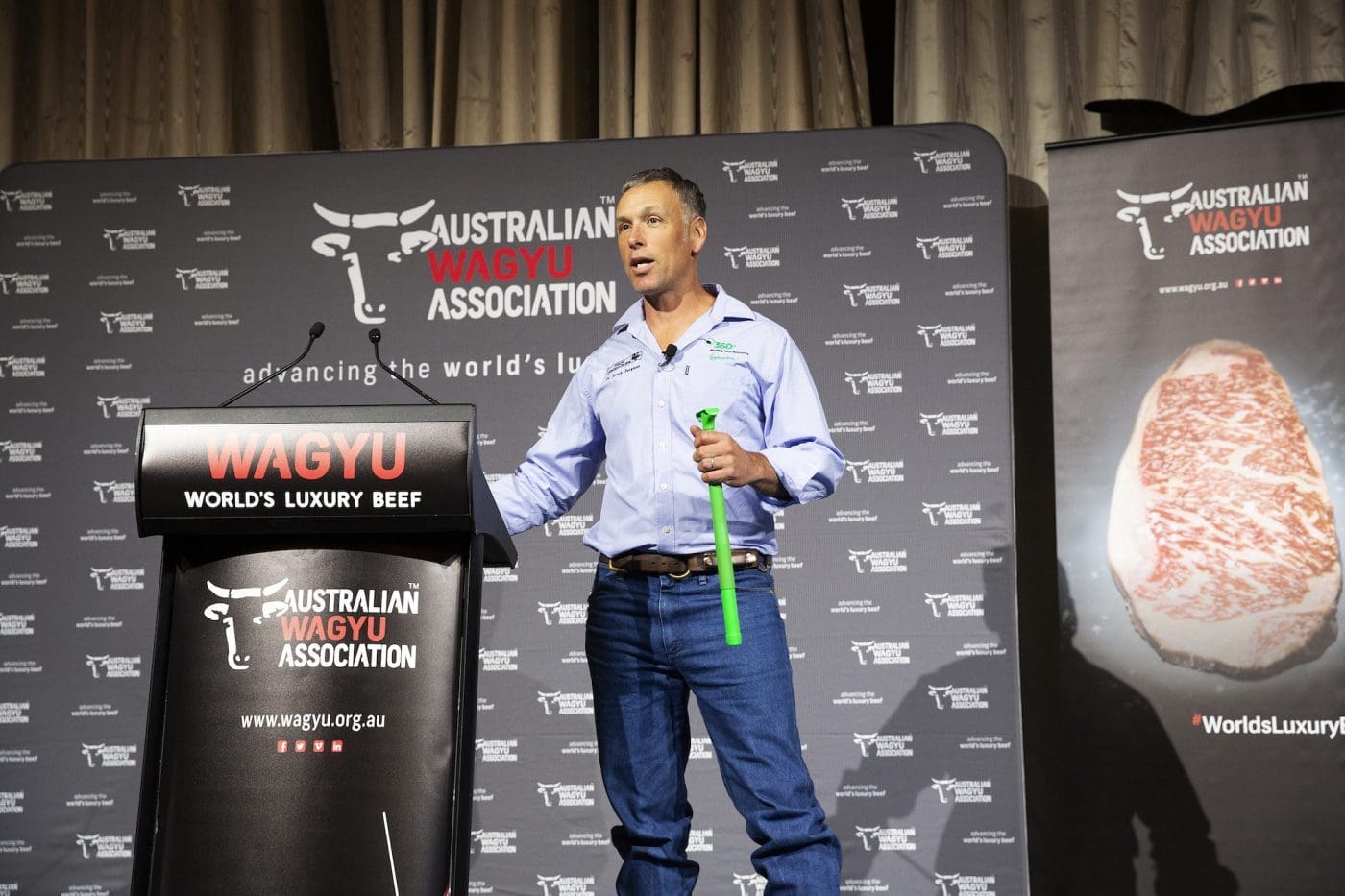EXPOSURE of feedlot cattle to persistently infected carriers of Bovine Viral Diarrhoea Virus (BVDV), or Pestivirus, results in average costs of US $67.49 per head through immune suppression, lost gain and mortalities, according to research.
Yet many herds are still not vaccinating feedlot-destined cattle, WA-based vet Enoch Bergman noted in a presentation to the 2022 Australian Wagyu Association conference.
“What the hell is going on folks?” Dr Bergman asked.
“That is powerful stuff”.
Bovine Viral Diarrhoea Virus, or Pestivirus as it is also commonly known, is the most serious reproductive disease of beef cattle in Australia, he said, affecting a majority of cattle enterprises and causing significant production losses across the national herd.
Dr Bergman, a former Australian Cattle Vets president, said his aim as a vet is to see every beef producer in Australia know their BVD risk.
“If you don’t measure it, you can’t manage it.”
The vast majority of Persistently Infected (PI) pestivirus carriers are produced when a normal cow is exposed to BVDV between one and four months into pregnancy, which disrupts her immune system and causes ovarian disfunction.
“Now she has got some immunity, but her calf will be born a PI, if it survives infection, Dr Bergman explained.
“And that is how it is spread.”
A persistently infected animal will always produce PI offspring.
The only way for an animal to become a PI is to be born one, he said.
The immune systems of calves fail to recognise the virus as a pathogen and never mount a defence against it. The virus is allowed to replicate unchecked, and PIs go on to shed extreme amounts of virus for their entire lives.
“The abridged version for control of BVD is initially to screen all the management groups that exist and vaccinate all the groups without immunity, or the at-risk groups.
“And then I annually screen my heifers every year prior to mating, and if they’re naïve, where you don’t have immunity, then I vaccinate them and keep them on a vaccination program.
“If they’re immune, they have met a PI, hence one of them could be a PI and I ear notch them, and they move forward, so that every new heifer in your production system going forward is immune and PI free and you’ll walk out of it, except for older PIs which occasionally exist.”
PIs are reservoirs of the disease and the vector that spreads the disease from generation to generation and between production systems.
“Meeting a PI at any stage of your life is a bad thing if you are a cow.”
The aim of management should be to disrupt the PI link by vaccinating at risk females to prevent intrauterine exposure to BVD, and to identify and remove PI animals.
“PIs are the enemy folks, we have got to find them, get rid of them, provide immunity to those that need it, and take a systematic approach, work with a veterinarian,” he said.
He gave examples of production stories where the exposure of heifers with no historic immunity to PIs has led to losses totalling hundreds of thousands of dollars.
He also urged producers against the so-called practice of ‘auto-vaccination’ in which heifers intentionally exposed to PIs to trigger an immune response.
“Please stop calling it auto-vaccination folks, that is systematic, intentional exposure to a disease, you are giving them BVD.”
PIs were “immunological cripples” which could also pass on other disease.
“They could have Theileria, could have any bloody thing. Why would you want to expose those to your best females?
“Just vaccinate them and move on.”
Related article: The Covid of the cattle industry

